How to launch products and maintain sustainable growth

This blog post is an extract from the article by Brian Balfour. We took the key points from the article and added some useful materials based on our own experience of working with growth approach in Dashly. Enjoy!
The Superhuman email service was launched in 2015. Their landing page states they created the fastest email service.
Perhaps you still haven’t gained access to their product or were unable to register, though they have been written and talked about, discussed, and funded more than anyone else.
Why? Because their launch was completely different from other products. And now I’ll tell you what it’s all about.
Right now, someone on your team or even the entire department is spending a lot of energy on releasing a new product. And most likely, the launch plan includes the following:
- product/feature release to the entire customer base;
- open access to the product/feature for all users;
- news about the release sent to the entire user base;
- launch on Product Hunt and Hacker News;
- registration on TechCrunch and press releases;
- articles about the release on your blog and external platforms.
All of this is done with the best of intentions. However, by launching products this way, you are throwing a spanner in the works, killing your chances of sustainable growth.
In August 2017, the social app for teens TBH (To Be Honest) reached the App Store top a few months after its launch. Facebook acquired them for $100 million in October 2017. Nine months after the stunning success, Buzzfeed talked to TBH’s founders about how to launch products. Their quote was:
“It’s especially important to build a process that allows you to create different product experiences for specific audience segments so that your product can reach a critical mass.”
These words inspired this article, so you’ll find out:
- Why most product or feature launch events not only don’t help growth but also harm it;
- How to launch a product/feature in 5 stages;
Moreover, you’ll get an analysis of a recently launched product.
Why most releases harm growth
Reason #1: You are killing the most valuable and important channels
When I evaluate the growth of companies I work with or invest in, I always ask myself: “If we stop attracting customers right now, will we still grow?” Most likely, in the short term, we will see a decline, but eventually, we will start growing again.
This growth may be very slow, but if it happens, it means that the user retention curve is flat, and word-of-mouth advertising is working well for us. These two things provide a basis for putting all efforts into further growth.
There are three common opinions about word of mouth, which I believe are not true:
- Word-of-mouth advertising happens by itself;
- You cannot control word of mouth and influence it;
- To make word of mouth work, you need to create a cool product.
Let’s see what word-of-mouth advertising depends on.
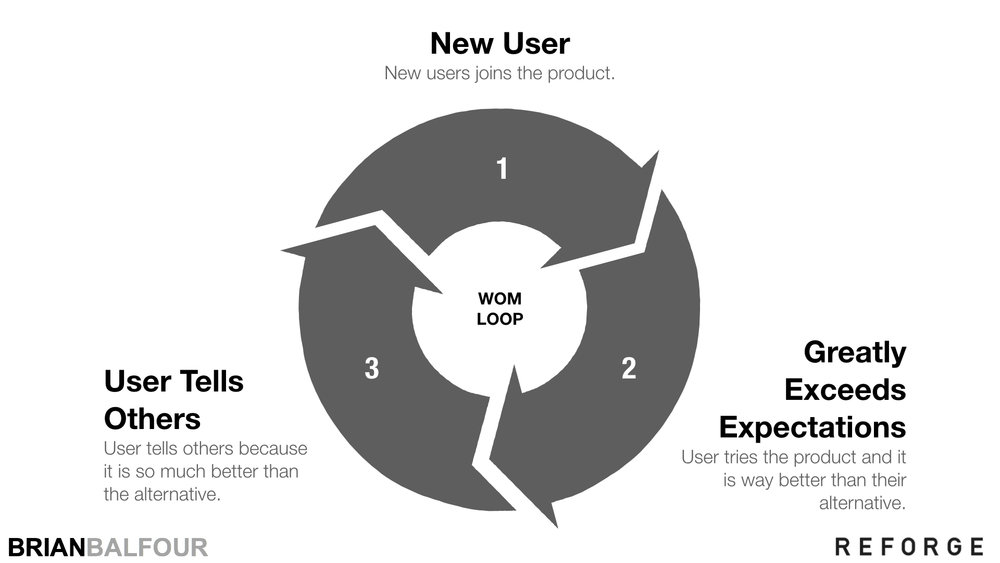
Essentially, it’s also a cycle:
A new user tests the product, it meets all the user’s expectations and even exceeds them. As a result, the user shares their positive experience with others. The cycle repeats.
The key moment in this cycle is the second stage, when testing the product exceeded our expectations. In other words, there’s a significant difference between the experience of using your product and its alternative.
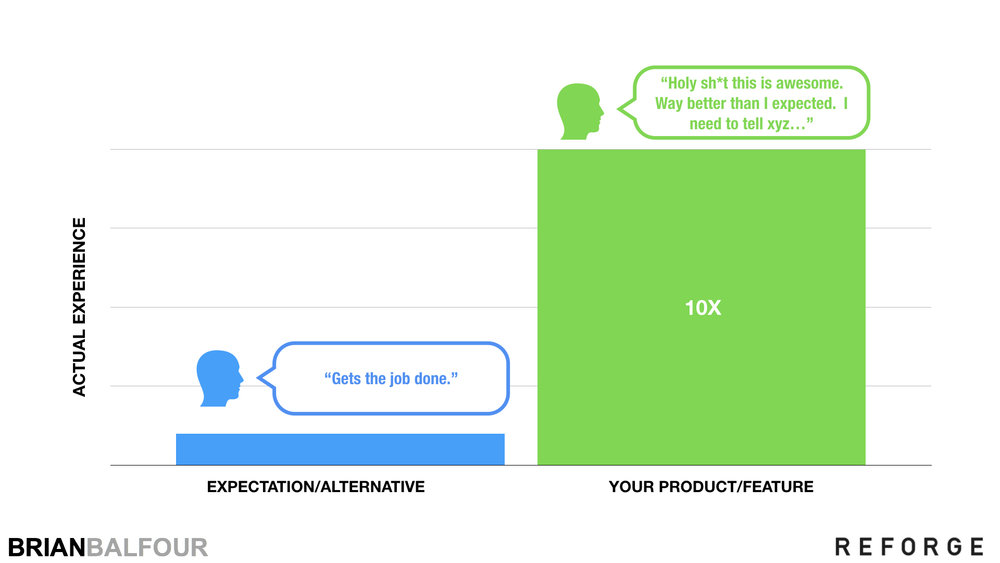
If this difference is insignificant, the user is unlikely to share the news with anyone.
An important part of creating a significant difference is creating a quality product, but this is only the first part of the equation.
The second half is in the users themselves to whom the product is offered to. Offer a great product to people it’s not tailored to, and you will get a small or even negative difference.
Companies often lack insight into who their products/features are built for (even if there’s an initial sense of specific users in mind). This leads to users forming negative opinions and killing word-of-mouth ads.
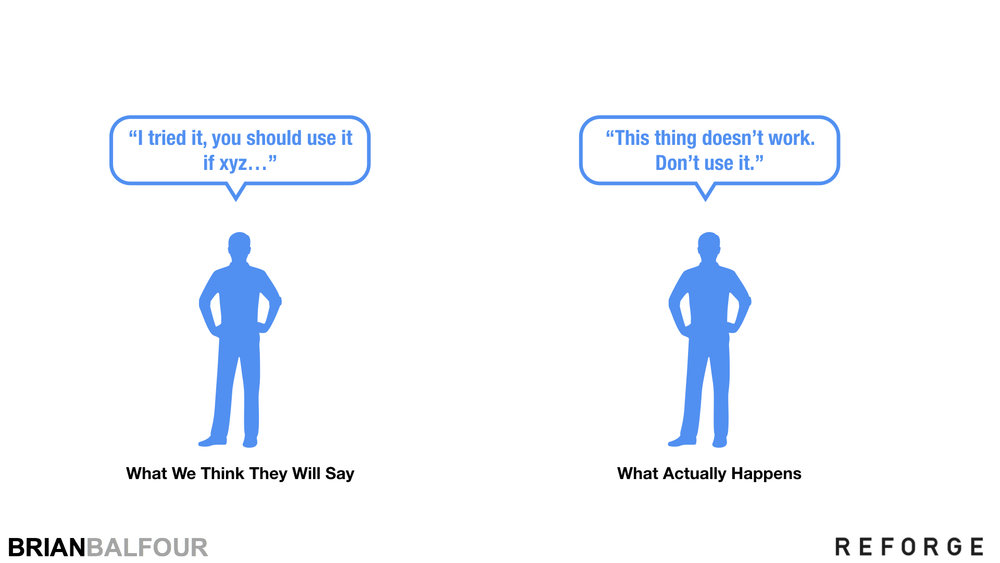
Reason #2: You are slowing down the testing of product hypotheses
The goal of every product team is to test growth hypotheses for the product or features as quickly as possible. There are two ways to test your hypotheses: qualitative and quantitative.
Read also:
For quantitative feedback, we can track the NPS index. But because the launched products are not targeted at a specific audience, all user satisfaction research ends with a mess of irrelevant reviews, which are hard to get truly valuable information from.
For qualitative research, we need to track the retention curve of the product or feature. But even here, the product can go wrong. With audience too broad, our curve will show an unhealthy trend.
The fact is that if we analyze poor-quality data, we will also get untrustworthy result. To confirm our hypotheses, we have to dig through these unreliable results, which eventually affects our insights, making them less effective and accurate.
Reason #3: You overuse the opportunities to attract users’ attention
The more we are bombarded with emails, push notifications, pop-ups, etc., the more likely we are to ignore intrusive attempts to reach us.
Most products try to announce their release everywhere and immediately. By doing so, you wear out your users. Eventually, it will get very difficult to attract the audience’s attention.
Reason #4: You can’t set yourself up for further success
Our main goal is to create the perfect environment for the long-term and sustainable growth of our product/feature.
Unfortunately, we often focus on the release itself rather than on how we will sustain growth after it. Every product or feature needs a push (release), but most of the energy needs to be spent on working with the product after launch.
Thanks! Here’s your list of must-read books on growth hacking
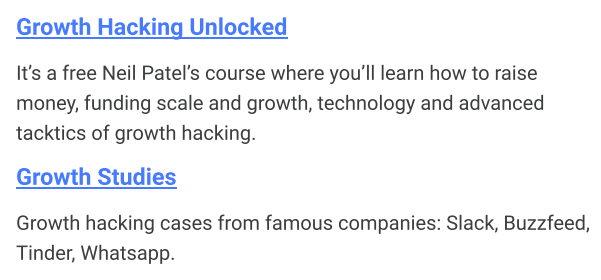
How to launch a product or feature to activate growth
So what should we do instead? Let’s go back to that quote:
“It’s especially important to build a process that allows you to create different product experiences for specific audience segments so that your product can reach a critical mass.‘
There are several important components in this quote: Repeatable processes + Differentiated experience + Specific target audience = Opportunity to gain critical mass.
Step #1 Choice of a target audience
Do the opposite of what most products do before release. Narrow down the target audience to whom you will show your product, up to those for whom it was originally created.
State hypotheses on who this group is. Most releases start with the words: “Where can we tell people about us?” It’s better to start with: “Who exactly do we want to try the product?”. Only after answering this question, think about where to find these people.
Step #2 Access
After we have identified the target audience, it’s time to generate ideas on how to reach these users.
The options may vary depending on the hypotheses: whether it’s a product or feature release, whether we’re working with an existing database or launching something completely new.
The most popular ways to get noticed are emails, paid channels, press, Product Hunt, Hacker News, mentions, etc.
Step #3 Confirmation
No marketing tools will help you confirm your hypotheses about your target audience completely.
So you need to think about how to find the first interested users and test your hypotheses on them. There are several ways to do this, and here are the main ones:
- Data on product usage: if you already have customers, you should have a lot of data about them: not just who they are, but what they do and don’t do in your product. This is very valuable information for testing hypotheses.
- Data provided by the user, in other words, interviews: the key here is to ask the right questions and draw the right conclusions. We wrote about how to conduct interviews.
- Passive data: there are many tools, such as Dashly’s user behavior tracking, that allow you to collect additional data about users to better understand who they are.
Step # 4 Signs of success
After you have tested your audience and given them a chance to try your product, it’s time to look for signs of success that will confirm your product hypotheses. These signs could be in the following indicators:
- NPS — Net Promoter Score, easy and simple to calculate;
- Product Market Fit — it’s important to pay attention to good retention curves for the product or feature;
- Feature Product Fit — this indicator helps determine if a new feature will really be useful to users.
You could not find signs of success on the first try, and that’s okay. After testing hypotheses, it will be easier to determine which ones were successful and which ones weren’t, and which direction to move in next.
Step #5 Impact
When you have found signs of success in your hypotheses, it’s time to test the product/feature on the next target audience of users, again and again.
Imagine a stone thrown into water, and ripples spreading out from it, one bigger than the other. The same goes for groups of users: start with a very narrow audience and gradually move on to broader ones.
At some point, you will have enough signs and users ready to spread the word about you, and then it’s time to come into the spotlight!
Example of Superhuman
And let’s go back to Superhuman. Once I tried to sign up for their service. Here’s what I had to do:
- Waiting list: sign up for the waiting list by leaving my email on the website;
- Primary questionnaire: I had to fill out information about the company I work for, its size, and my role in the company;
- Extended questionnaire: then I received a survey with 15-20 questions about what email client I used before, how often I send emails, what features are important to me, etc;
- Accompanying email: someone from the Superhuman team sent me an email asking me something again;
- Onboarding: then a team member gave me an onboarding to the product.
Most of you have probably already thought, “Oh my God, what a failure!” But before you come to that conclusion, you probably want to read reviews from users or publications in the press about Superhuman’s work. Not to mention the significant amount of capital they were able to raise in several rounds.
Superhuman followed all of the above rules:
- Clearly identified hypotheses about who they would show the first version of the product to;
- Used a variety of tactics to create a list of those who would be the first to test the product;
- Launched and tested hypotheses to make sure the product works great with this narrow audience;
- Kept an eye on positive signs with the help of onboarding;
- Repeated the entire process, but with a new audience.
It turned out pretty well!
Free expert insights to boost your marketing strategy and raise conversion to a target action by 10%
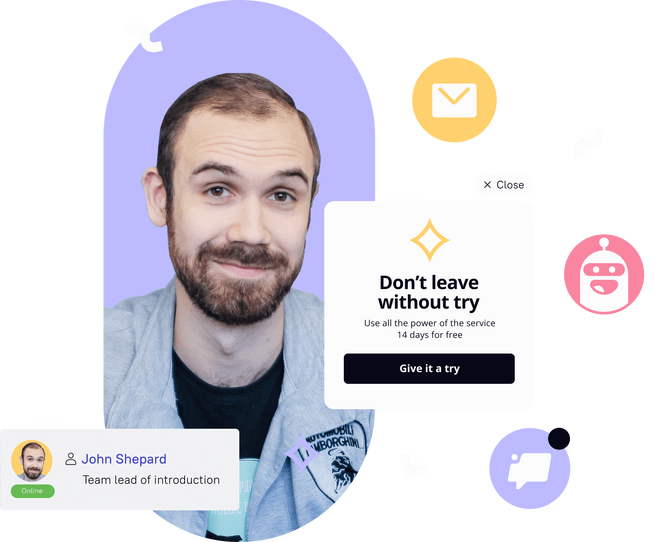
Read also:
- Growth Product Manager: Charting new frontiers in product scaling
- 20 product led growth examples to inspire your team [expert edition]





